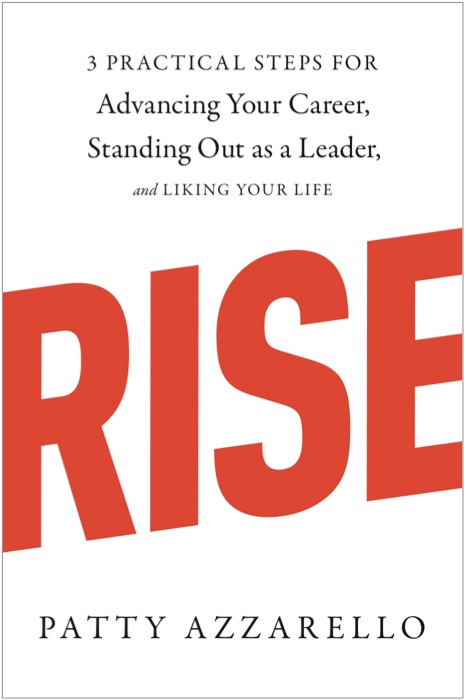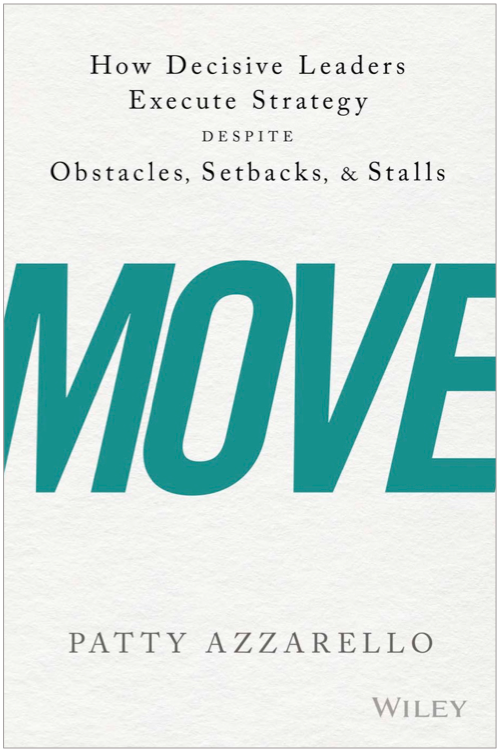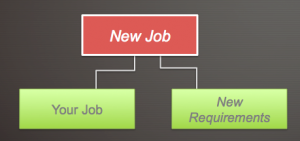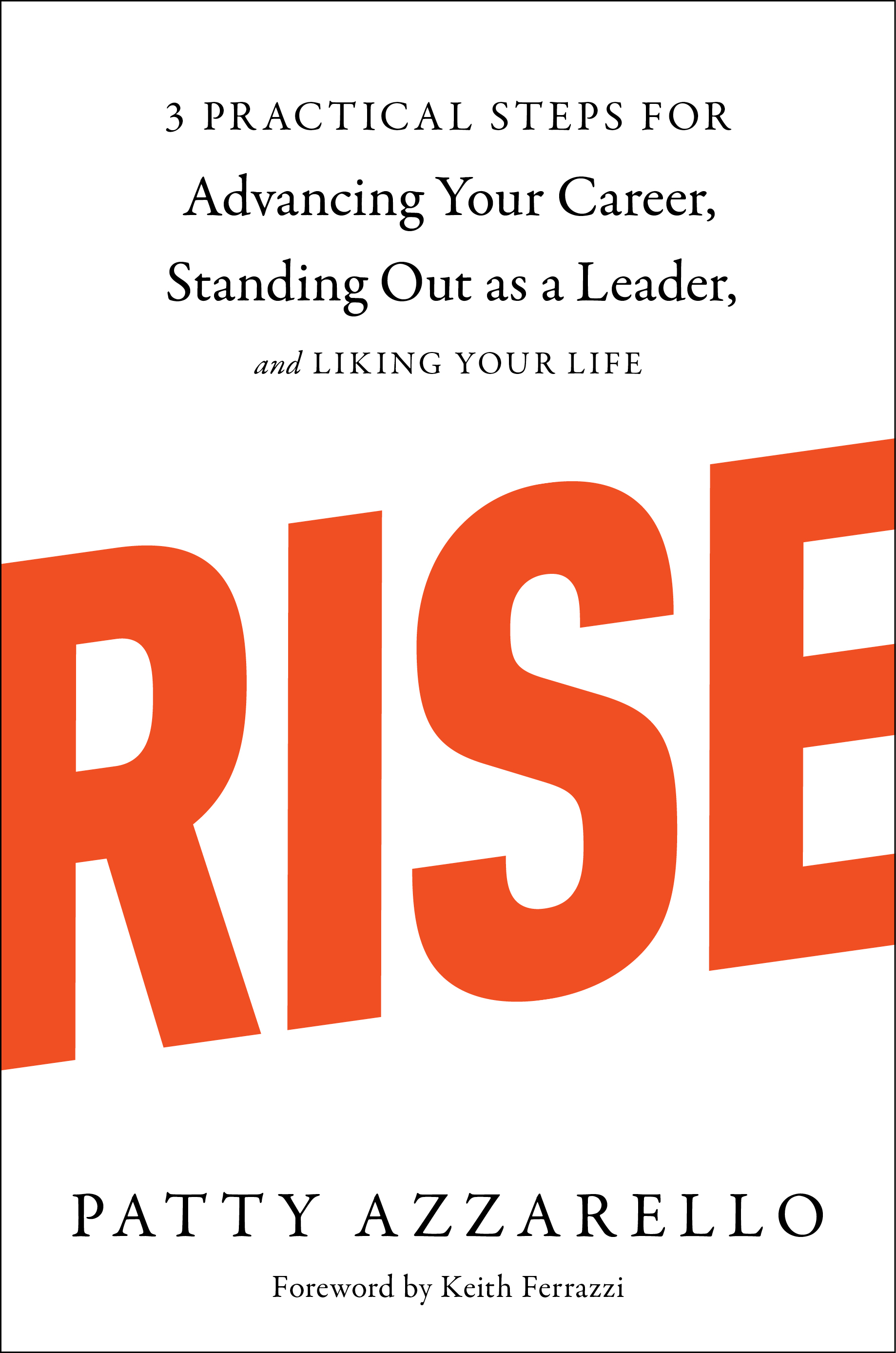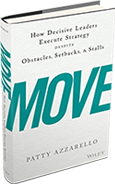The right team
Are you leading the team you need?
Or leading the team you have?
As soon as you embark on something new or strategic, in those first moments you facing doing the new thing with the same people.
As leaders we need to be clear about building the team we need, not just making due with the team we have.
Here is some practical advice about how to determine if you have the right people, and how to change your organization if you don’t have the right people.
1. Start with the Desired Outcome for the Business
Don’t start with the people. Start with the business outcome.
Get really clear about what business outcomes you need to drive, then start to think about what the ideal team would be to drive those outcomes.
Really understand and articulate the specific work, strategic problem solving, and outcomes that your team needs to drive. Then think through what the specific individuals on your team would need to deliver to drive those business outcomes, not just now but in the future.
2. Next, draw your ideal blank-sheet org chart
Start with a blank sheet of paper.
Really start fresh. Don’t consider the current roles or who you already have on the team at all.
Just think about what the BUSINESS really needs and what outcomes you are personally on the hook for. Then draw a picture of what the ideal team would be to deliver what you really need done.
3. Now, clearly define the specific NEW roles
When you define the new role, don’t just regurgitate “responsibilities”.
Really work to articulate the new stuff that is different, and how it is different. This is the key.
Things like the ability to influence adversaries in your absence, or recognize broken processes and invent and implement new ones, or be competent and credible at executive level communications, or personally recognize the need to transform business, partner, or sales models.
Once you define the new org and the new roles, you have just created a clear and actionable picture of your goal.
5. Now it is your job to make that picture come true.
Oops! It is likely that your current team does not fit into this ideal structure.
Two things will likely become clear at this point:
1. Some of your current people will obviously map into the new roles. Put them there.
2. Some of your current people will NOT obviously map into the new roles.
3. Therefore, you will end up with both some empty boxes AND some extra people.
The hard part
The real leadership challenge comes in when you need to fill the empty boxes, and deal with the extra people.
There is a straightforward, and business focused way to move people off your team when you can’t fire them for being poor performers — And you don’t want to fire them because they are good, loyal, hard working people.
It’s not personal
It’s a new role. Their role does not exist any more.
The role is new and different. They are welcome to interview. If they don’t make the cut, move them sideways, down or out.
You never have to “take someone out of their job”. You eliminate the old-world role and paint a clear picture of the new one necessary to drive the new business outcome. Often the person will see the gap before you have to explain it.
Your job is not to cover for people who are not up to the job you need to get done. Your job is to build a team that can drive the business forward.
This seems harsh. Is this really necessary?
If you have to eliminate jobs to build a stronger team, that doesn’t prevent you from being kind. You can help the people you move out get into their next job. It wasn’t a poor-performance issue, you needed different roles and this person was no longer a fit. You are still in a position to help and provide referrals.
I have found that when people are struggling in the wrong roles and not doing well enough, taking them out of the role, gives them a new opportunity to move to a role where they can thrive and excel. After getting over the initial shock and disappointment, they are often happier.
The other way to look at it is that you fail to build a team that can deliver the necessary business outcomes, you may be putting your whole team and your own job at risk.
The tougher the business challenges, the stronger the team you need, and the more risky the strategy of protecting people out of loyalty instead of performance becomes.
Was this useful?
If you found this article useful, please help me share it with others and encourage them to subscribe to this Blog for free.
About Patty
Patty Azzarello is an executive, best-selling author, speaker and CEO/Business Advisor. She became the youngest general manager at HP at the age of 33, ran a billion dollar software business at 35 and became a CEO for the first time at 38 (all without turning into a self-centered, miserable jerk)
You can find Patty at www.AzzarelloGroup.com, follow her on twitter or facebook, or read her book RISE…3 Practical Steps for Advancing Your Career, Standing Out as a Leader, AND Liking Your Life.
